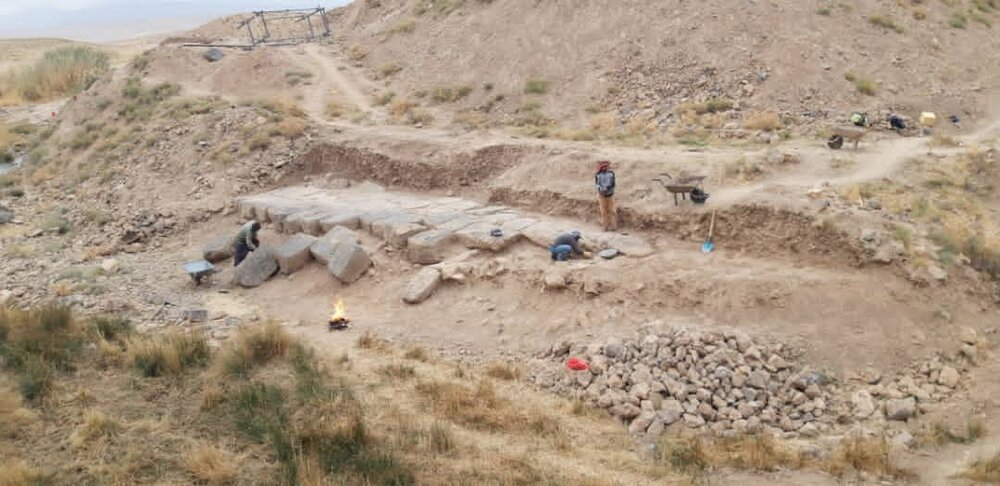Archaeologist accentuates proper maintenance of Achaemenid ‘masterpiece’

TEHRAN – A senior Iranian archaeologist, who leads a survey examining the ancient Bostan Khani Dam in southern Iran, has urged the need for proper maintenance and conservation of the embankment monument that he describes as a “masterpiece” of architecture and water management in Achaemenid-era Iran.
“So far [valuable evidence of the] architectural structure has been obtained with the aim of recognizing and realizing the structure of the dam and its construction method,” Hamidreza Karami said, CHTN reported.
He considered the monument the largest dam of the Achaemenid period that has been identified so far, saying it measures a crown height of 21 meters, a length of 170 meters, and a width of 70 meters.
According to the archaeologist, the embankment dam is still a source of inspiration for modern architects and engineers.
The neighboring plains of Pasargadae, morqab, Khorrambid, and Kamin embrace the most number of water structures being constructed during the Achaemenid era, he said.
Karami explained that waterways and water transmission networks are another part of their water management engineering, which is designed to bring water to the farthest possible areas of the region.
“This way, a very large volume of satellite hills have been harvested… different parts of the rocks have been cut in the mountainous paths and excavated in the flatlands to a large extent so that the result of this great work is what the designers and implementers of this system thought, that is, all areas related to the Achaemenid capital of Pasargadae being benefited from water,” he explained.
“Excavations and surveys on Bostan Khani Dam can increase our knowledge and understanding of the methods and techniques of dam construction and architectural structure that is currently being practiced.”
Located on a branch of the Polvar River, near the UNESCO-registered Pasargadae, the dam was built during the reign of Cyrus the Great. According to sources, archaeologists believe that this unique work was designed to contain floods and store large amounts of water for public use as well as use in agriculture and horticulture.
The embankment dam has been registered in the National Heritage list.
AFM/MG
